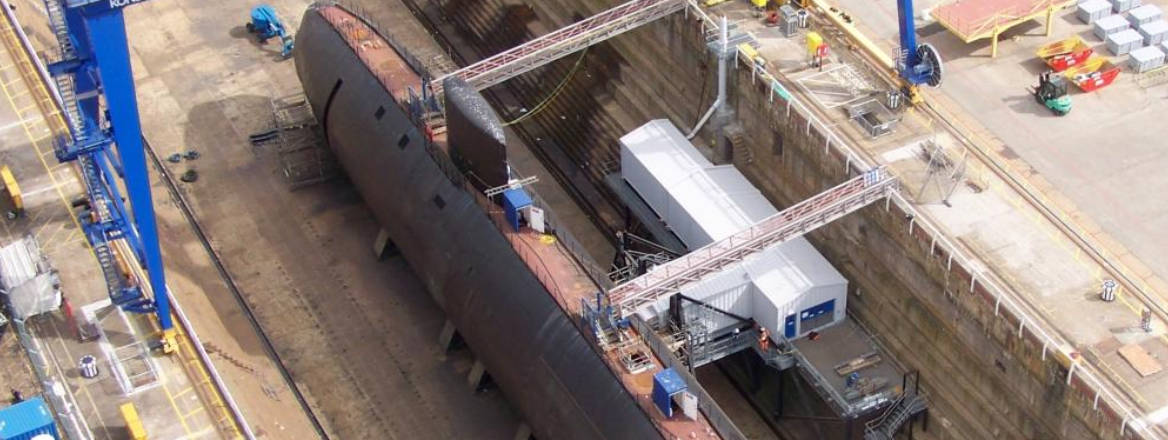Women in UK PONI: Highlights from Our 2017 Papers
On International Women’s Day 2018, UK PONI wants to shine a light on the original research presented by female speakers during its 2017 Annual Conference, and published in the 2017 UK PONI Papers.
In ‘Forging the Vision: Opportunities and Challenges for the Next Nuclear Posture review’, Michaela Dodge identifies key factors that would shape the scope of the then US Nuclear Posture Review, released in February 2018. Strategic challenges posed by active nuclear production complexes in Russia and China and a rapidly changing security environment, she argues, would impel the US to prioritise flexibility and adaptability in its nuclear force posture. A limited budget, however, would severely constrain nuclear weapons modernisation. To overcome these challenges, the US would have to develop the right human capital, capable of thinking creatively about technological advances and yield-producing experiments.
In ‘Disarming Without the Armed: The Subversive Arms Control Model’, Jennifer Knox looks at ‘subversive’ arms control agreements. These, unlike their more traditional counterparts, ‘seek to change or constrain the behaviour of parties that are external to the treaty process’ and build a normative environment that will shape state practice regardless of their participation. The Anti-Personnel Mine Convention and the Convention on Cluster Munitions are both successful examples of subversive arms control, as they have both resulted in an overall decline in use and production of landmines and cluster munitions, even though major users and producers are not parties to these agreements. More recently, the subversive approach to arms control has been used to push for a Nuclear Ban Treaty. However, Knox argues, ‘it will be difficult to translate the success of earlier subversive arms control treaties to nuclear weapons’, as these play a very specific role in security and society that is hard to to replace. Besides, nuclear weapons tend to be resistant to normative influence—their possession and use has been looked down upon for a long time, yet they are still with us.
Christina Krawec analyses the implications of the US nuclear modernisation programme for its triad. In ‘US Nuclear Modernisation: Necessary and Feasible?’, she argues that the US should replace outdated technologies to maintain ‘a reliable and effective deterrent’ and reassure its non-nuclear security partners. However, given the high costs associated with wholesale modernisation, the US should consider more cost-effective options, like delaying the replacement of its land-based ICBMs, reducing the number of its active submarines from twelve to ten, and prioritising the air-based Long-range Standoff Missile, a highly flexible system that is best tailored to the current strategic environment.
In ‘Tactical Nuclear Weapons: Revisiting History’s Key to Crisis De-escalation’, Andrea Howard surveys the historical record of the early Cold War to analyse the effect of tactical nuclear weapon threats on an attacker’s aggression and the role they played in deterrence. Looking at the Korean War (1950–53), the First Taiwan Strait Crisis (1954–55), the Second Taiwan Strait Crisis (1958), and the Cuban Missile Crisis (1962), Howard explains that TNWs have been instrumental in de-escalating these crises. On the basis of her findings and current TNW-related developments in Russia and China, she argues that the United States should consider modernising its TNW arsenal to provide ‘a credible and in-kind response’.
Sara Perlangeli was formerly a Research Analyst in Proliferation and Nuclear Policy at RUSI.

